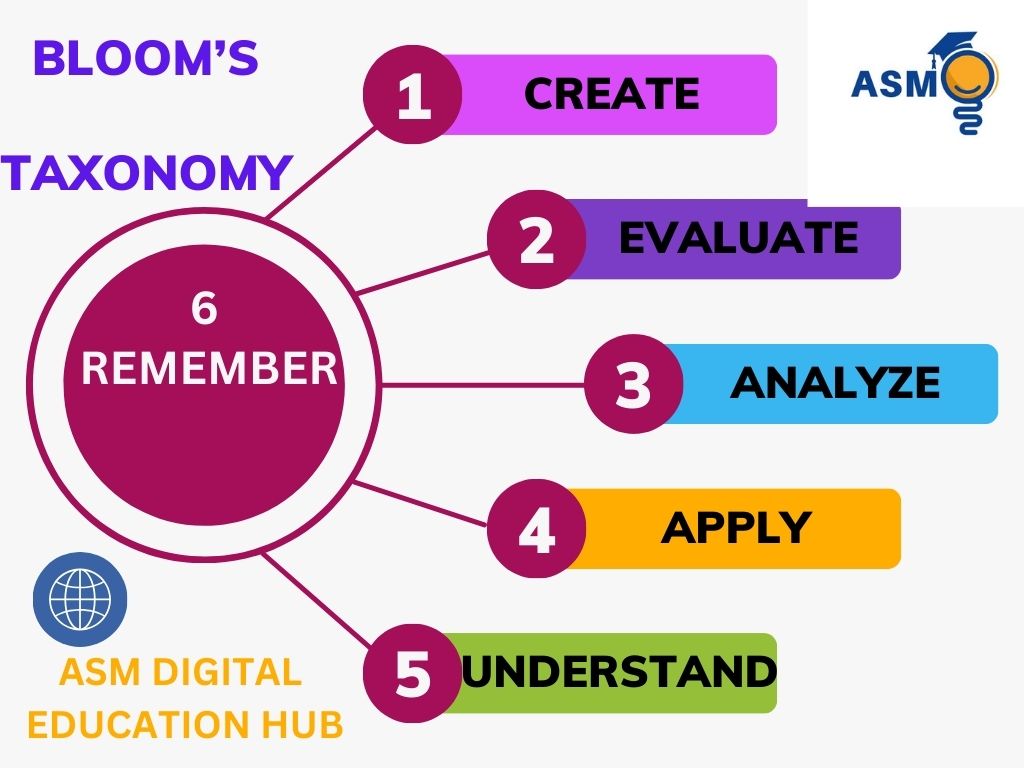Bloom’s taxonomy is a framework that categorizes different levels of thinking from lower-order to higher-order. It’s a valuable tool for educators, trainers, and anyone who wants to design effective learning experiences.
Here’s a breakdown of the basic level of Bloom’s taxonomy:
1. Remember:
- Focus: Recalling facts, terms, definitions, and basic information.
- Keywords: List, define, name, recall, repeat, identify.
- Examples:
- “What is the capital of France?”
- “Name the three branches of government.”
- “List the five steps in the scientific method.”
2. Understand:
- Focus: Grasping the meaning of information, explaining concepts in your own words.
- Keywords: Describe, explain, interpret, translate, illustrate.
- Examples:
- “Explain the difference between photosynthesis and respiration.”
- “Describe the main events of the French Revolution.”
- “Create a diagram to illustrate the water cycle.”
3. Apply:
- Focus: Using knowledge and skills in new situations, solving problems.
- Keywords: Use, apply, implement, practice, solve.
- Examples:
- “Use the Pythagorean theorem to find the missing side of a triangle.”
- “Write a paragraph summarizing the main points of the article.”
- “Create a budget to save money for a new phone.”
Remember:
- These are just the basic levels of Bloom’s taxonomy. There are three more levels: Analyze, Evaluate, and Create.
- The levels are hierarchical, meaning each level builds on the previous one.
- Effective learning experiences should incorporate activities at all levels of the taxonomy.
Tips for using Bloom’s taxonomy:
- Start with the end in mind. What do you want your learners to know and be able to do?
- Use Bloom’s verbs to write clear learning objectives.
- Design activities that match the desired level of thinking.
- Vary your instruction and assessment methods.
- Reflect on your teaching and make adjustments as needed.
By using Bloom’s taxonomy, you can create learning experiences that are both challenging and rewarding for your learners.
Resources that you may find helpful:
- The Center for Teaching at Vanderbilt University: https://cft.vanderbilt.edu/
- The National Center for Learning and Teaching at Valdosta State University: https://studylib.net/doc/7382263/bloom-et-al.-s-taxonomy-of-the-cognitive-domain
- The Association for Supervision and Curriculum Development (ASCD): https://files.ascd.org/staticfiles/ascd/pdf/journals/ed_lead/el_198505_paul.pdf



Very useful information
This is interesting